President Ho Chi Minh’s everyday activities in Ba Dinh
Wednesday, 04/09/2024 15:51 (GMT+7)
Aside from managing state affairs, President Ho Chi Minh often worked alongside the guards cultivating the land, growing vegetables, raising fish, and tending to the star apple tree gifted by the southern compatriots.
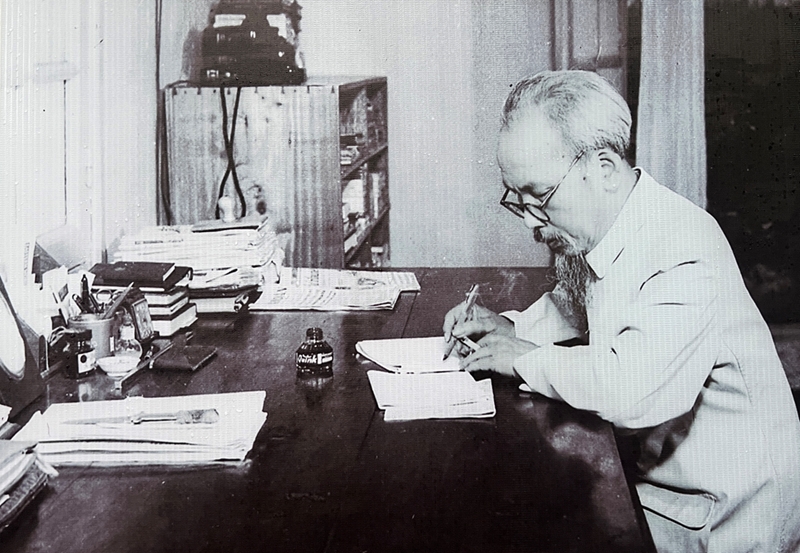 |
|
The Ho Chi Minh Presidential Historical Site (Ba Dinh, Hanoi) is currently showcasing many documentary photos of President Ho Chi Minh, commemorating 55 years since his passing (September 2, 1969 - 2024). This is where President Ho Chi Minh lived and worked for the longest period, 15 years from December 19, 1954, to September 2, 1969.
In the photo, President Ho Chi Minh is working at House 54, where he resided from 1954 to 1958. According to the memoirs of Mr. Vu Ky, his private secretary for 24 years, after returning to Hanoi for the second time after the resistance against the French, President Ho Chi Minh did not stay at the former Governor-General's Residence but instead chose a small three-room house previously owned by an electrician.
|
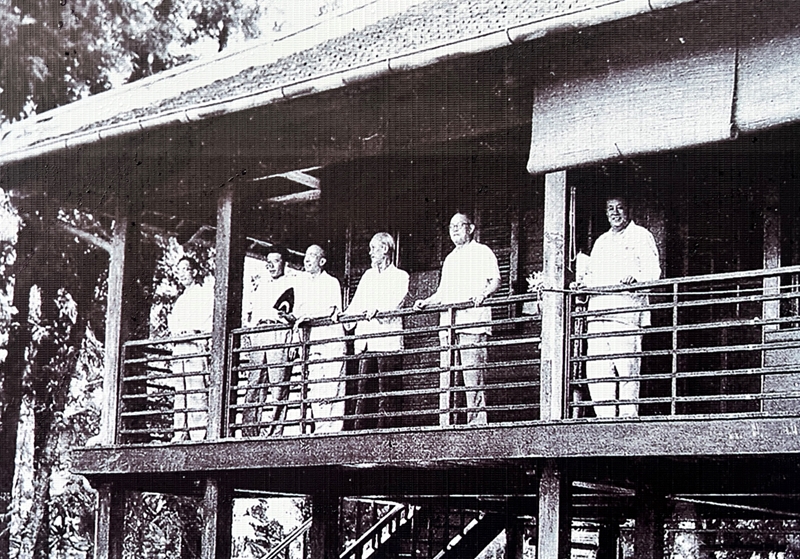 |
|
In addition to meeting hundreds of domestic delegates from various walks of life, including workers, farmers, intellectuals, soldiers, ethnic minorities and southern compatriots, President Ho Chi Minh also welcomed heads of state and international friends.
The above photo captured President Ho Chi Minh receiving a delegation from the Communist Party of China on the second floor of the stilt house in September 1960. |
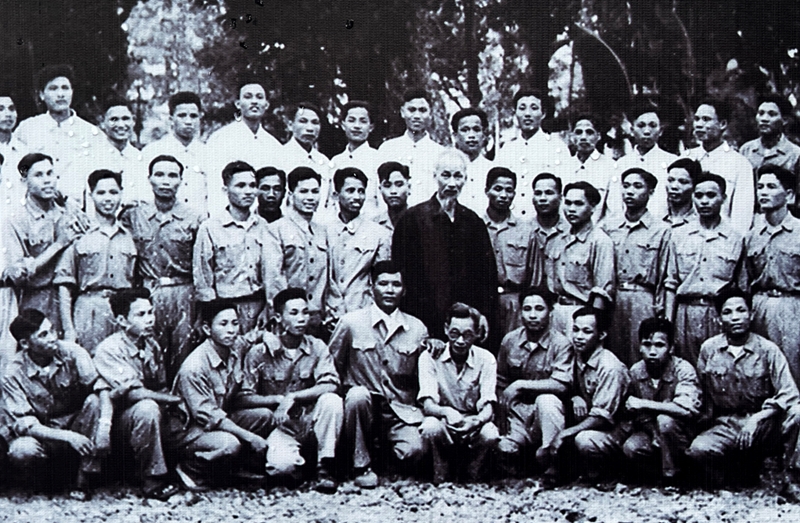 |
|
President Ho Chi Minh is also seen in a photo taken with the engineering team that built the stilt house in May 1958. After four years at House 54, President Ho Chi Minh moved to live and work in the stilt house opposite the fish pond.
The two-story wooden house with a tiled roof is built in the style of stilt houses from the Viet Bac region. |
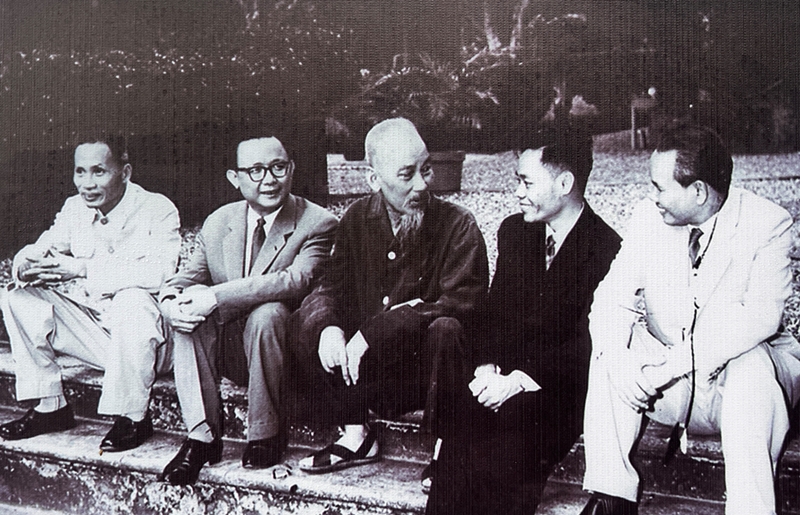 |
| President Ho Chi Minh and Prime Minister Pham Van Dong are seen receiving the first delegation of the National Front for the Liberation of South Vietnam in the North in October 1962. Living next to each other in the Presidential Palace area, the two often had meals together, took walks and discussed work, according to the memoirs of secretary Vu Ky. |
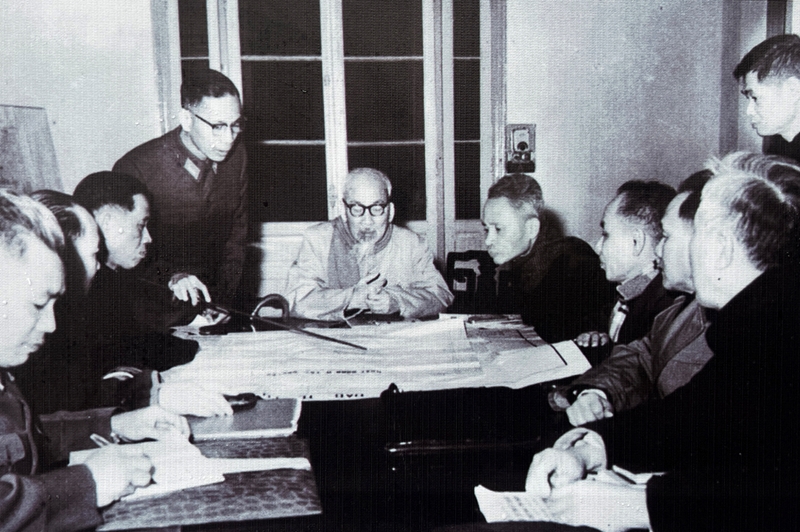 |
| In addition to handling internal and external affairs, President Ho Chi Minh and the Central Committee of the Communist Party and the government formulated the resistance strategy to advance the revolution towards national reunification. A documentary photo taken on December 28, 1967, shows President Ho Chi Minh attending a Politburo meeting, where the decision to launch the 1968 Tet Offensive was approved. |
 |
| After work hours, President Ho Chi Minh often joined the staff and officials in the Presidential Palace in cultivating the land to grow vegetables, engaging in self-sufficient production. |
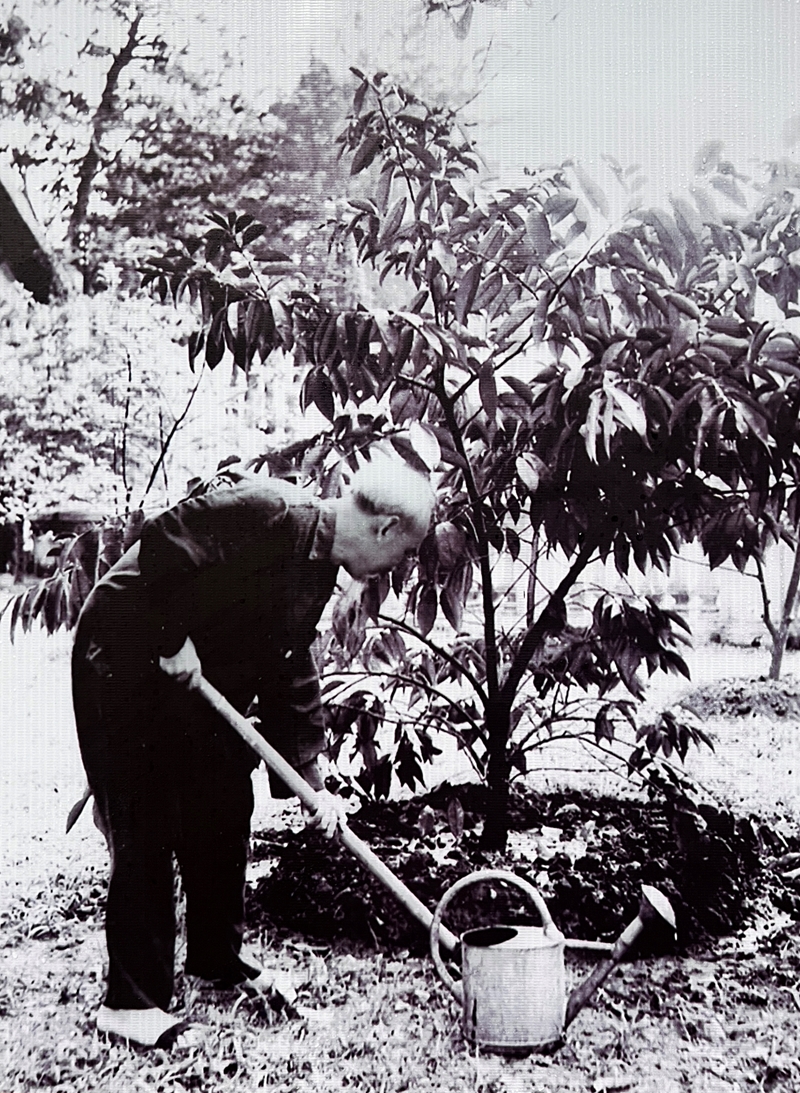 |
| He personally tended to the star apple tree gifted by the southern compatriots. When winter came, President Ho Chi Minh wrapped straw around the tree trunk to protect it from the harsh northern cold. |
 |
| The fish pond, located between House 54 and the stilt house, was where President Ho Chi Minh often fed the fish after finishing work in the late afternoon before taking a walk and then having dinner. |
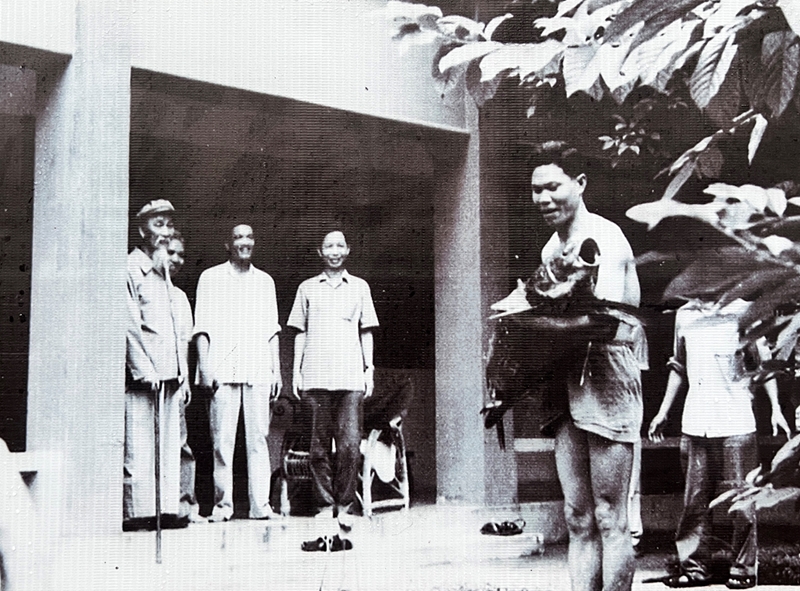 |
| In May 1969, a photo captures President Ho Chi Minh observing the guards catching a 24 kilogram fish in the pond. According to the memoirs of secretary Vu Ky, during this time, President Ho Chi Minh's health was declining, but he remained determined to exercise. |
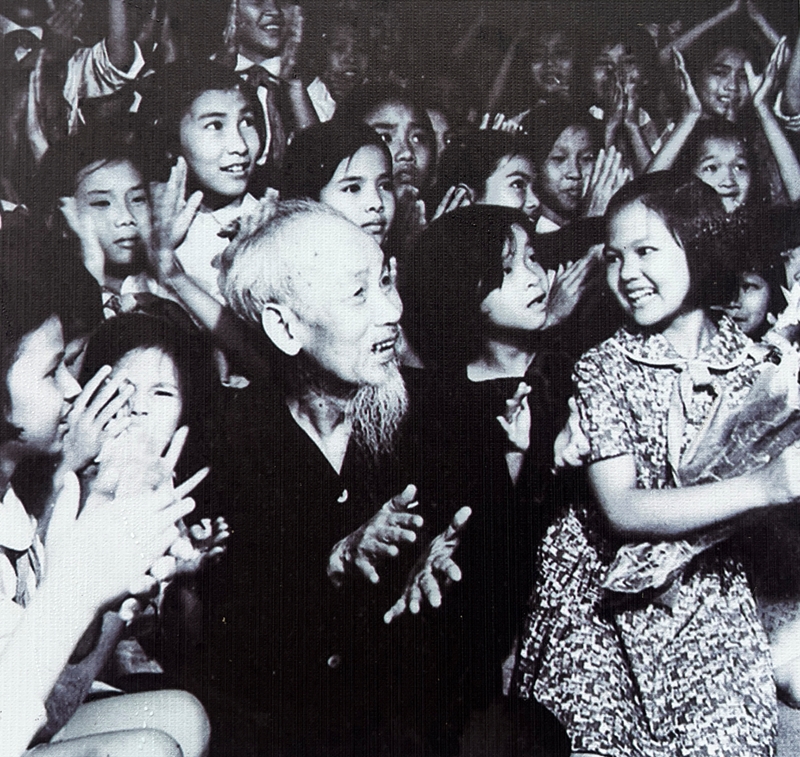 |
| President Ho Chi Minh is also seen enjoying a cultural performance with children during International Children's Day in May 1969. Throughout his 24 years as the nation's leader, he almost always sent letters to the youth and children every year. |
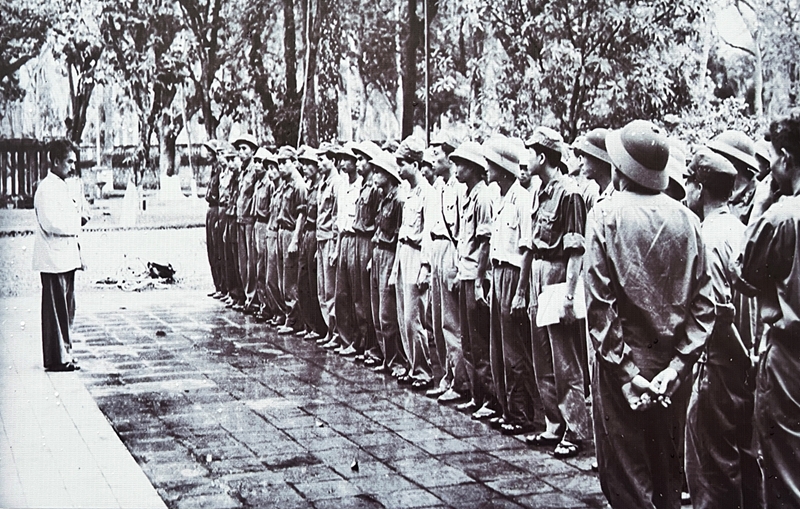 |
| After President Ho Chi Minh passed away, the Politburo and the Central Committee of the Communist Party decided to preserve the memorial area, relics and artifacts in the Presidential Palace. In a photo, Mr. Vu Ky is instructing soldiers on evacuating documents and artifacts as a precaution against bombings when the U.S. bombed the North in 1972. |
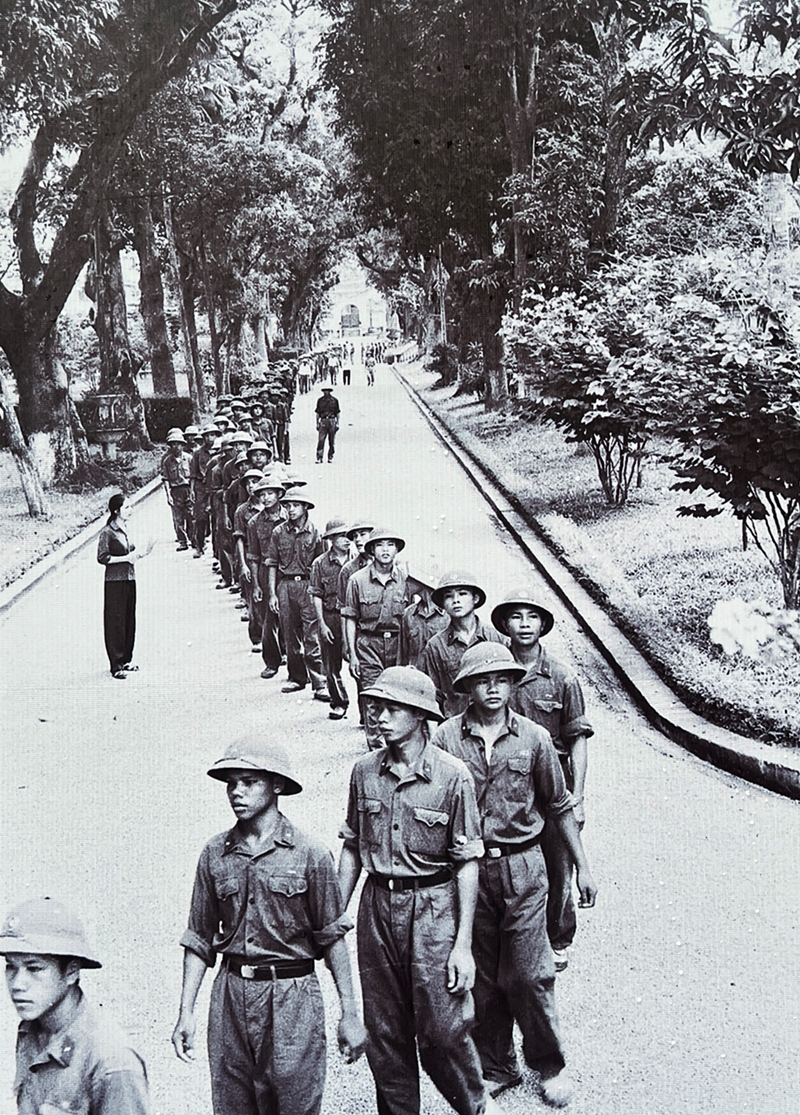 |
| Military units responsible for constructing the Ho Chi Minh Mausoleum visited the Presidential Palace Historical Site in 1975. |
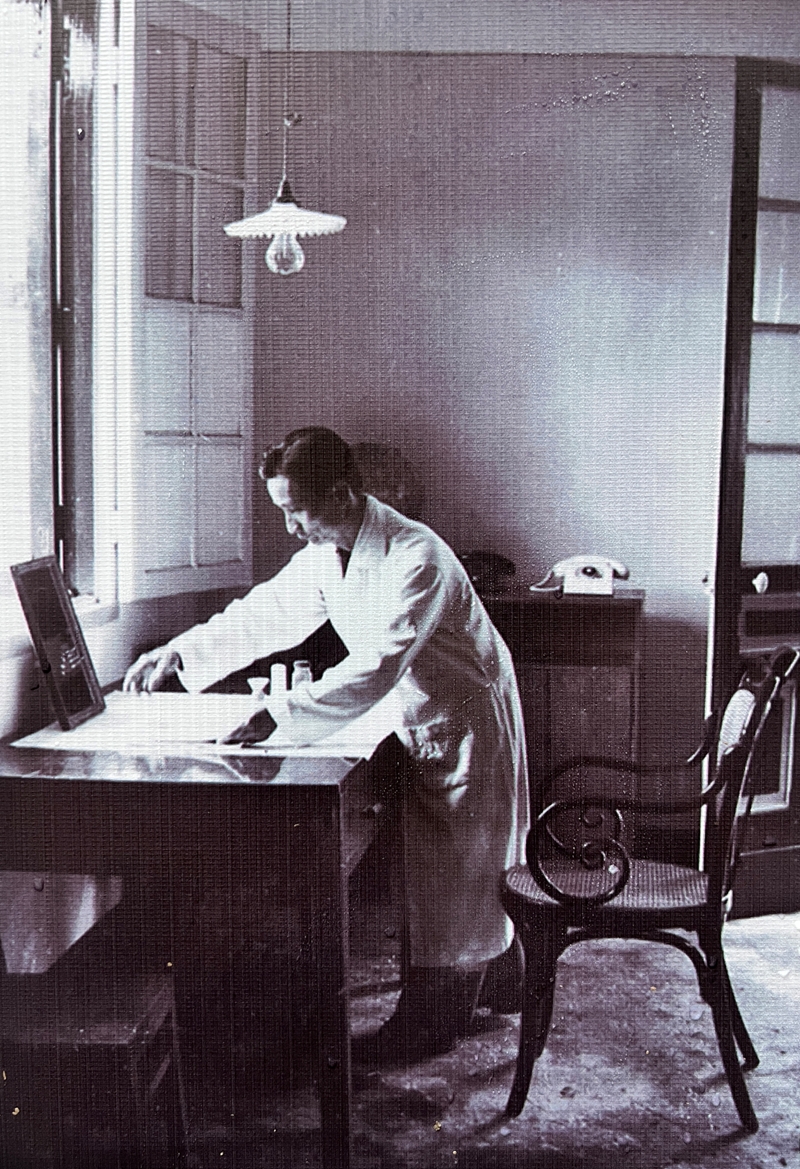 |
|
In March 1976, a photo was taken of a guard officer, who was assigned to cut President Ho Chi Minh's hair, demonstrating the setup of the tools for the camera as a documentary record. Fifty-five years after President Ho Chi Minh's passing, many artifacts have been preserved in their original state, including a clock stopped at 9:47, and a wall calendar marking September 2, 1969.
In 2009, the Ho Chi Minh Historical Site at the Presidential Palace was ranked as a special national relic during the first ranking session. From the end of 1969 to the end of June 2024, this site welcomed nearly 72.9 million domestic visitors and more than 16.5 million international visitors. |
BTA (Documentary photos)